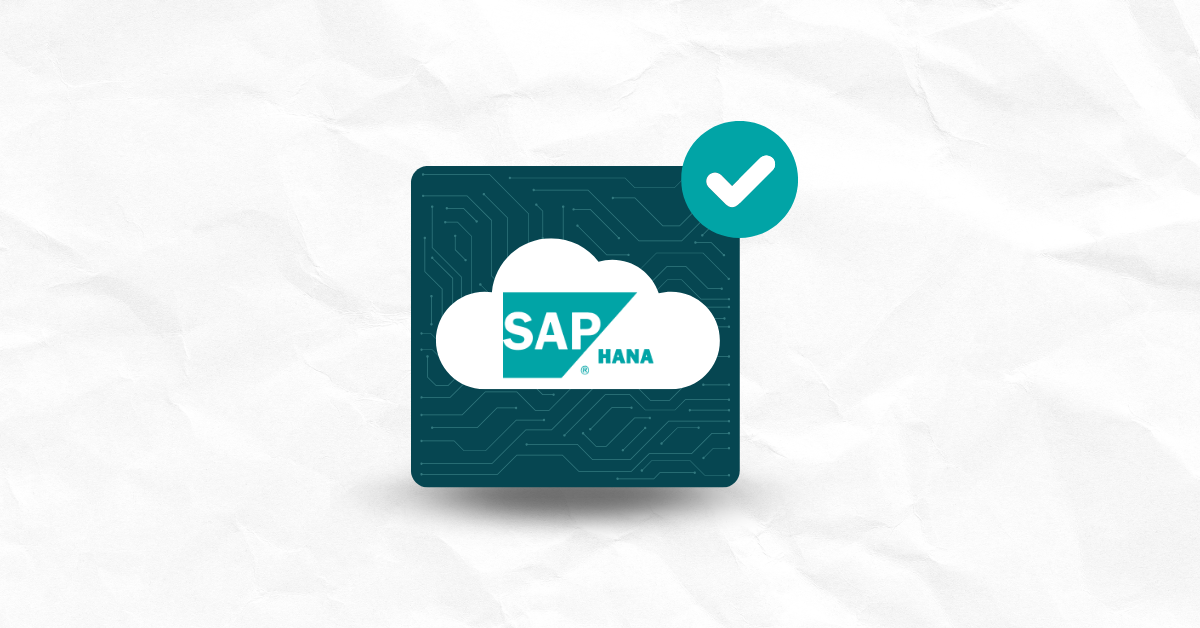

Open-source software lets businesses leverage the power of the best and brightest developers in the world. It can drastically increase productivity and reduce time to market by providing a shortcut to building products. However, despite its widespread use—you’ll be hard-pressed to find a recent application built without open-source components—and its benefits, open-soft code can be a hassle for developers and a nightmare for organizations that have their data compromised because of open-source vulnerabilities.
Earlier this year, OpenAI, the latest AI darling that will either save the world or destroy it, depending on who you believe, fell victim to a data breach due to an exploited open-source library flaw. The hack exposed private chat data to other users.
The ChatGPT breach illustrates a significant issue in using open-source components—the rush to market. After several other high-profile blunders, the company has been criticized for going too public too soon. However, given the first-mover advantage, it’s unlikely that businesses will be willing to slow down development timelines in response.
Since market pressures aren’t showing any signs of letting up, the best thing DevOps teams can do is take a proactive approach to open-source integrations. Here are the most common issues related to using open-source components and how developers can overcome them.
Developers can find open-source components for almost any functionality. Teams can pick and choose from multiple sources to create innovative products. However, each element has its own way of doing things—data formats, protocols, application programming interfaces (APIs)—and getting them to communicate seamlessly can be a huge challenge. Here are some tips for handling compatibility issues:
The collaborative nature of open-source means that while the source code is freely available, so are the vulnerabilities. Anyone can view and analyze the code, including potential attackers. Security flaws in open-source components may be exploited before they can be patched or even identified. With the rapid expansion of cybersecurity and data protection regulations, integrating open-source components securely is often a matter of law rather than simply a best practice. Development teams can strengthen their open-source cybersecurity posture by:
Many organizations with multiple teams working on different projects or features that include open-source components fail to implement standardized practices. Teams may work with different versions of the same component or multiple components simultaneously. It’s not uncommon for each department to have its own standard practices for using open-source components. Conflicting practices can slow down development and result in flaws, bugs, and compatibility issues. Avoid these by developing a clear open-source governance policy across the organization. The policy should address all elements of how, when, and where open-source components will be used, tracked, and secured.
Open-source software often depends on community support for new features, updates, and patches. Over time, support can dwindle, leaving outdated software with multiple vulnerabilities and critical issues. Development teams that rely on software no longer updated or supported will have to handle the management of the software in-house.
Use software composition analysis (SCA) tools like Kiuwan to identify and track open-source software within the codebase so teams can identify any that aren’t supported. From there, DevOps teams can create a plan to update and maintain the software.
Because open-source code is usually freely available, it’s easy to forget that it comes with licensing requirements. Large projects that use multiple open-source components must comply with many different types of licenses with varying terms and conditions.
Businesses that fail to comply with licensing terms can face significant risks. Automated SCA tools give teams visibility into open-source code and can alert them when they need to take action to comply with licensing terms.
Closely tied to licensing risks is the risk of exposing intellectual property. Some open-source software includes a copyleft clause. This license allows anyone to use the software provided all modified and derivative software is produced with the same license type. Teams that use copyleft software must release the applications they create with open-source components under the same license. This license type makes it impossible to create proprietary software and protect intellectual property.
To avoid this risk, development teams need a clear understanding of all open-source elements and their associated licenses within their codebase. This can be particularly tricky because dependencies may contain hidden open-source components. An SCA tool can scan codebases to find hidden open-source code, including the applicable version and license.
Scaling with open-source integration can be complicated. Some open-source software includes an open-core model, where core elements are free, but certain features require a commercial license. Other projects start as open-source but eventually transition to commercial licenses. Both models can cause unexpected expenses that interfere with an organization’s growth. Businesses that plan to scale should carefully consider how they integrate open-source software into their featured products. They then can either adopt components that are likely to stay open-source or plan for the eventual costs of commercial licenses.
Kiuwan’s end-to-end application security platform makes it easy for businesses to stay on top of their open-source components. Our Insights (SCA) empowers developers by mitigating risks associated with open-source software. It automatically scans code for open-source components to provide a comprehensive overview of risks. Reach out today for a free trial.


